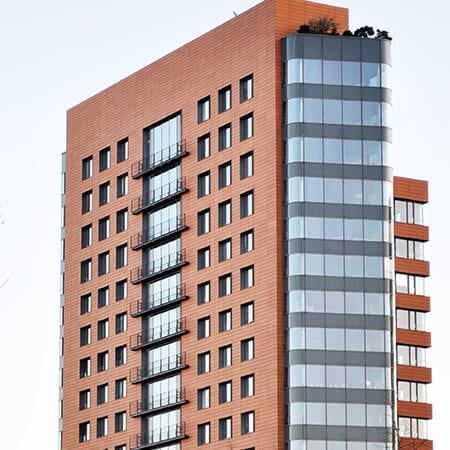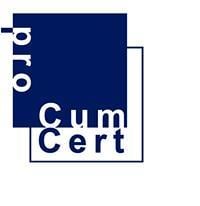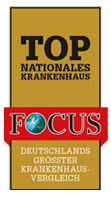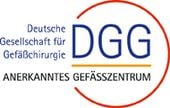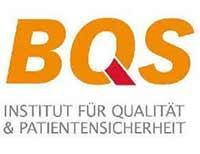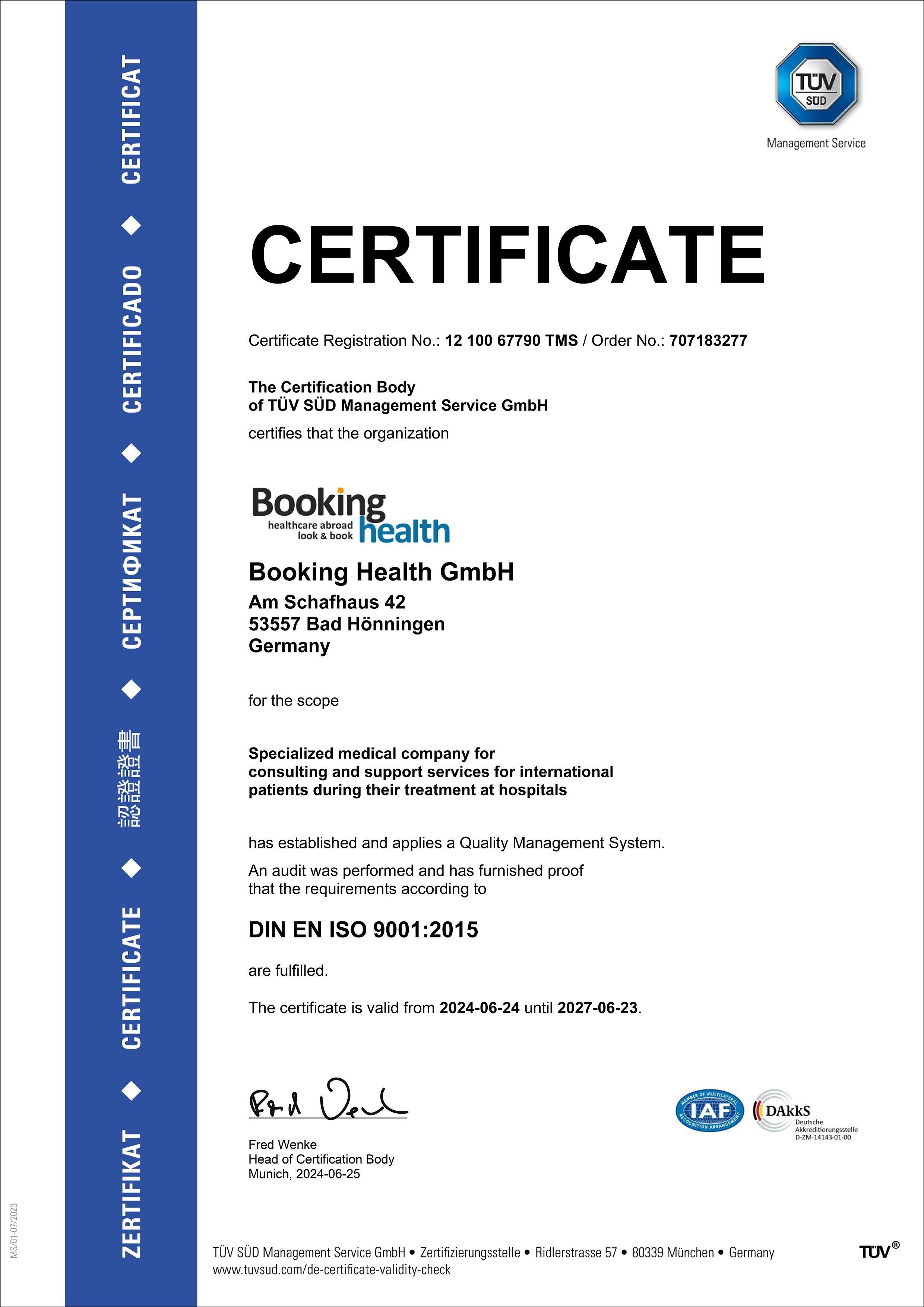A dissecting aortic aneurysm is a rupture of the inner lining of the aorta and separation (dissection) of the wall of a blood vessel. Blood seeps under the intima. A false lumen of the aorta is formed, which can be connected to the true lumen, and a hematoma is formed. The disease usually develops due to atherosclerosis and arterial hypertension. A provoking factor can be an injury to the abdomen or chest.
Content
- Causes
- Symptoms
- Diagnostics
- Therapy
The dissecting aortic aneurysm often requires surgery. In emergency cases, it is performed using open surgical techniques: through an incision in the chest or abdomen. With planned treatment, German specialists perform endovascular or hybrid interventions, which are less traumatic but have similar efficiency.
You can undergo treatment at the University Hospital of Ludwig Maximilian University of Munich, the Charite University Hospital Berlin, the University Hospital Frankfurt am Main.
Please leave your request on the Booking Health website, and we will help you choose a clinic and a doctor, prepare the necessary documents, and make an appointment. You will be accompanied by a medical interpreter at the clinic, and your personal coordinator will be constantly in touch for any questions.
Causes
Dissecting aneurysms can be caused by the following diseases and conditions:
- Hypertension
- Congenital connective tissue dysplasia in Marfan syndrome, Ehlers-Danlos syndrome, Turner syndrome
- Congenital heart defects
- Atherosclerosis
- Injuries
- Systemic vasculitis
- Aortic injury during surgery
Two-thirds of the patients are men over 65 years. 84% of patients suffer from high blood pressure. Pregnant women over 40 are also at risk.
Symptoms
In the case of aortic dissection, there are no unique symptoms that allow doctors to make a diagnosis immediately. Here are some possible clinical manifestations:
- Chest and abdominal pain
- Pain between the shoulder blades or in the neck
- Neurological symptoms, as in a stroke
- Dyspnea
- Hemoptysis
- Swallowing disorders
- Lower back pain (in case of the abdominal aortic aneurysm with spread to the renal arteries)
Diagnostics
The outcome of the disease depends on the timeliness of the diagnosis. Every hour until the disease is detected, the lethality of patients increases by 1%. The following methods are most often used to diagnose the disease:
Echocardiography is a simple and fast method that can detect up to 80% of aneurysms. The ultrasound examination is performed through the chest or abdomen. Transesophageal ultrasound is more informative: it detects up to 95% of cases of thoracic aortic aneurysms and also provides the doctor with additional information about the functional state of the cardiovascular system.
Computed tomography is performed with intravenous contrast enchantment. The method is non-invasive, and has a sensitivity of 94% and a specificity of 100%. Scanning is carried out quickly, which is important in emergency situations. Doctors may see blood clots in the aorta and pericardial effusion. However, CT scanning also has disadvantages: low sensitivity in determining the site of the beginning of the rupture; the intimal flap is poorly visualized, aortic regurgitation (reverse blood flow) and involvement of the aortic branches are not visible.
MRI is the most accurate diagnostic examination, but it is not used in emergency cases, as scanning takes a long time. The diagnostic sensitivity reaches 98%. About 100% of thrombi are detected, in 88% of cases, aortic regurgitation is determined. For the detection of pericardial effusion, the sensitivity is close to 100%. Therefore, in stable patients and in chronic dissection, MRI scanning is considered the gold standard for diagnosis.
Therapy
Should dissecting an aortic aneurysm be suspected, the patient will be taken to the hospital as soon as possible. The treatment options are as follows:
- Drug therapy
- Surgery
- Endovascular repair
Drug therapy begins at the prehospital stage and continues in the hospital. The patient receives therapy aimed at eliminating pain and stabilizing hemodynamics. It allows the doctor to stop the formation of a hematoma. After conservative treatment, surgical intervention can be performed at different times.
Indications for emergency surgery are as follows:
- Further spread of the aneurysm
- Hematoma expansion
- Risk of rupture
- Pain that cannot be relieved with drugs
- The formation of a saccular aneurysm
If there are no indications for emergency treatment, the operation is performed as planned, after the patient's condition has stabilized.
The main goals of the operation are:
- Excision of the injured section of the aorta
- Intimal flap resection
- Closing the entrance to the false channel
- Aortic replacement surgery
- Aortic valve repair (plastic surgery, prosthetics)
Doctors usually perform resection of abdominal artery aneurysm or thoracic aortic aneurysm. The doctor removes part of the blood vessel and sutures the ends together (anastomosis imposition). If the ends cannot simply be brought together and sutured, the section of the aorta is repaired with prosthetics. With a descending dissection, endovascular treatment can sometimes be used: false channel closure and stent placement from inside the aorta, through an incision in the leg. Sometimes hybrid operations are performed: a combination of endovascular technique with an open surgical approach.
To undergo diagnostics, treatment of dissecting aortic aneurysm in Germany, and rehabilitation, you are welcome to use the Booking Health service. On our website, you can find out the cost of medical services. You can compare how much is the price for treatment in different clinics in Germany in order to book a medical care program at favorable prices. The specialists of the Booking Health company will help you choose a clinic and arrange your trip.
Authors:
This article was edited by medical experts, board-certified doctors Dr. Nadezhda Ivanisova, and Dr. Bohdan Mykhalniuk. For the treatment of the conditions referred to in the article, you must consult a doctor; the information in the article is not intended for self-medication!
Our editorial policy, which details our commitment to accuracy and transparency, is available here. Click this link to review our policies.
Sources:
Verywell Health
Healthline
Sience Direct
